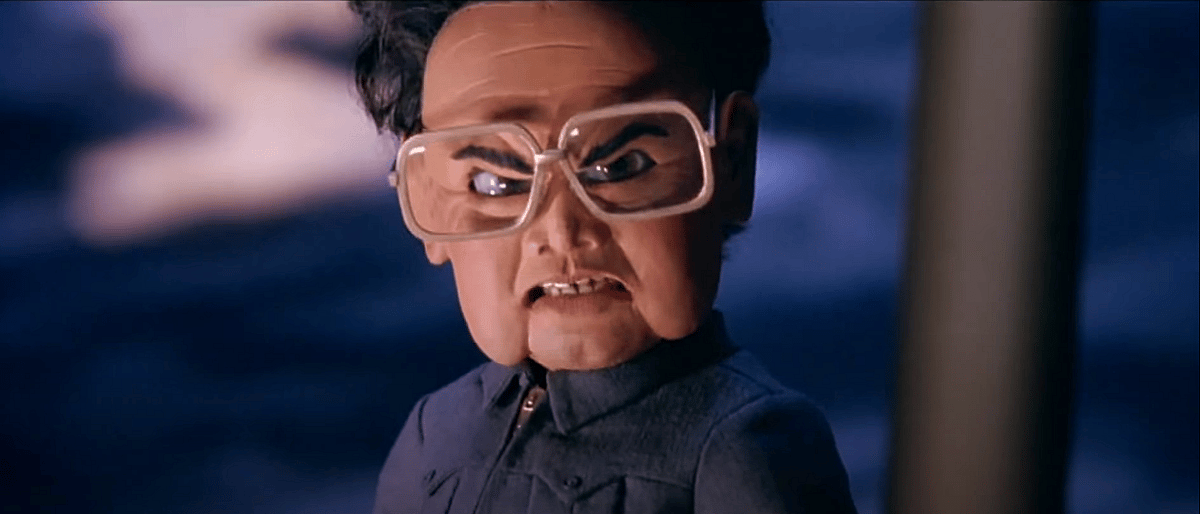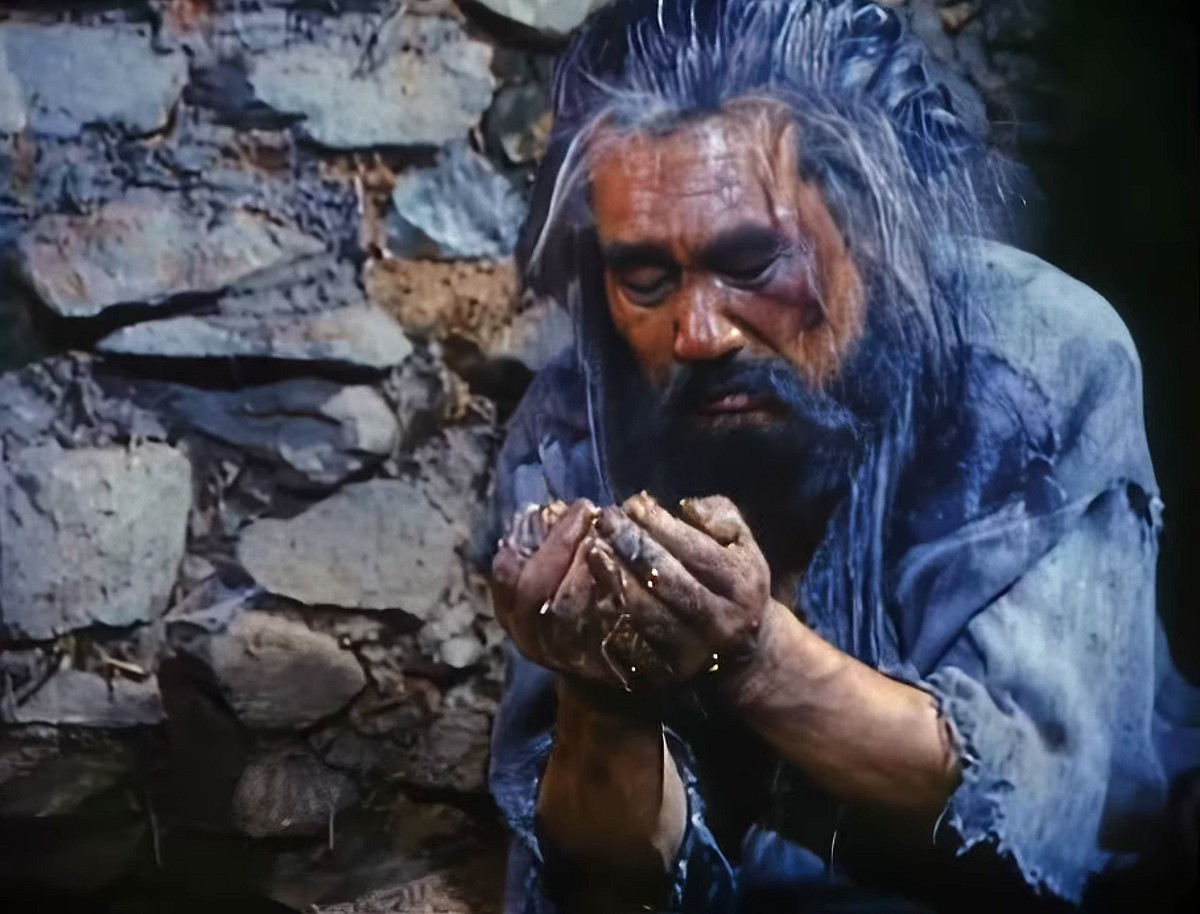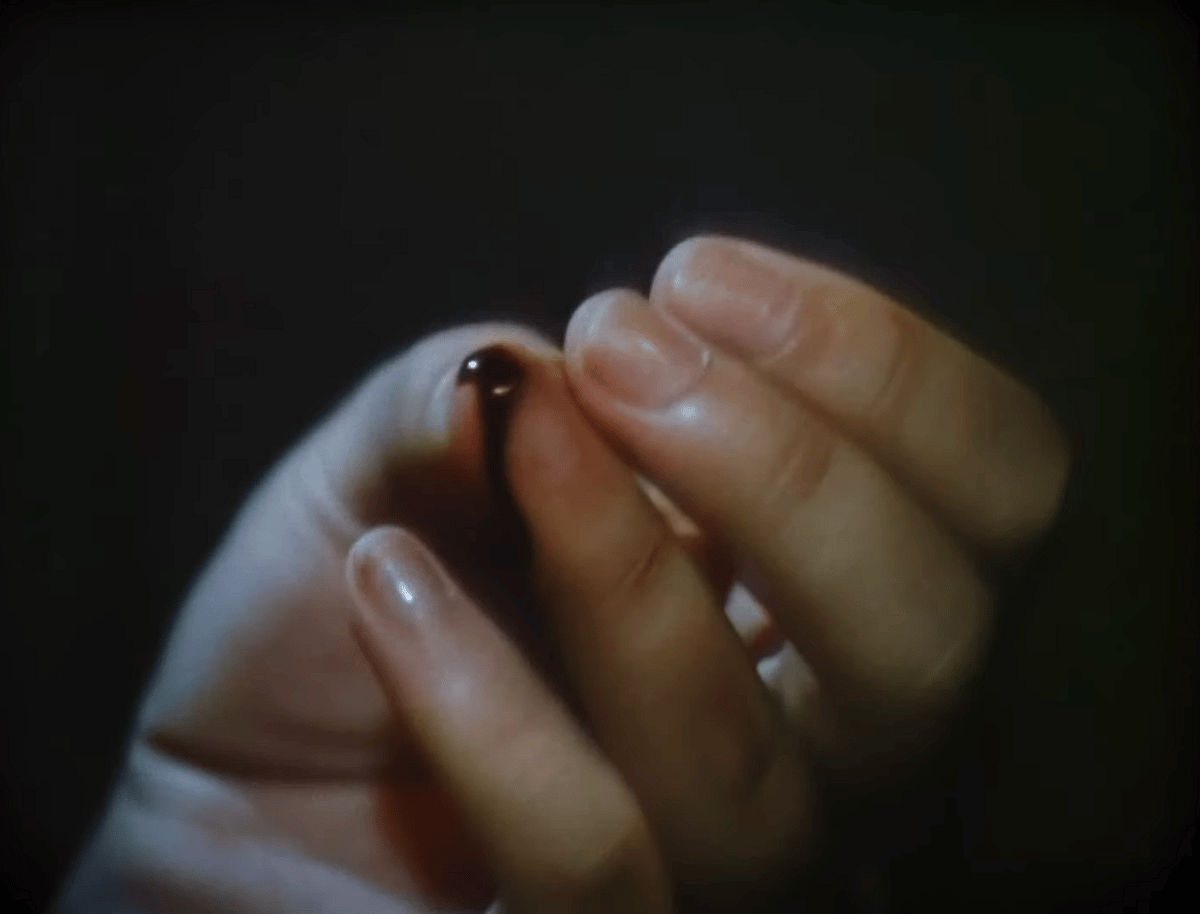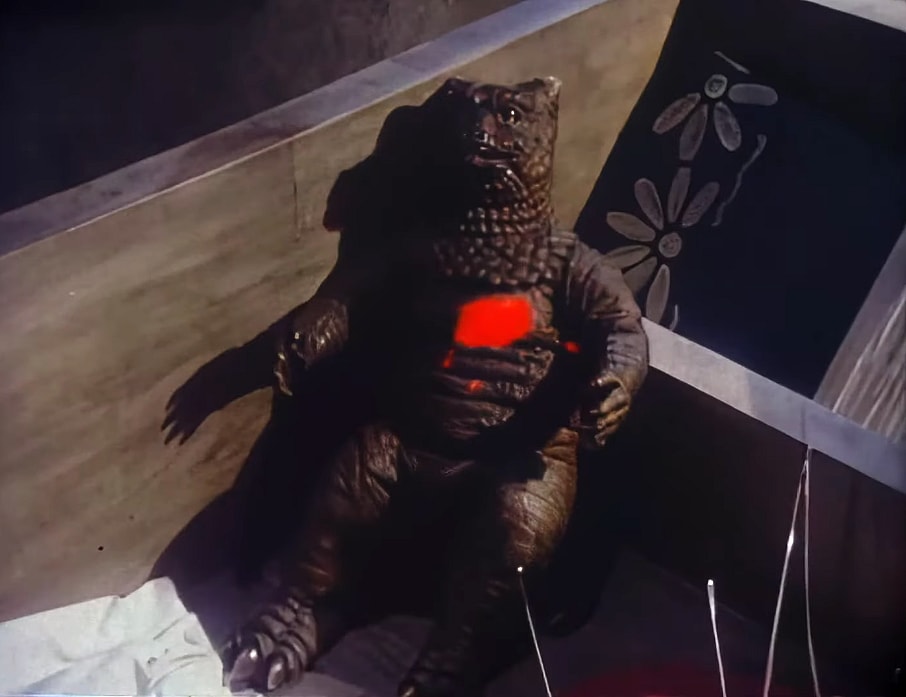Kaiju History – The Strange, Shocking, And Intriguing Story Of ‘Pulgasari,’ North Korea’s Answer To Godzilla

The annals of Kaiju History are a winding, mountainous road full of unexpected turns with surreal sights, but one chapter stands above the rest in its surrealism. Frankly, it has to be heard (or read, in this case) to be believed.

This is a tale with pretzel twists, bounding with enough intrigue that makes it sound like it came from a movie script. In a way, it did, but rest assured, it really happened. Its cast, if you will, comprises the most idiosyncratic characters and one of the most unsavory individuals to have ever lived, all caught up in the most unpredictable circumstances.
To set the stage for them, we have to go to one of the worst hellholes on Earth.
Background

But first, I want to talk about dictators; those power-mad rulers of isolated failed states are walking paradoxes when you think about it. These balls of hatred for the West and its allies malign our way of life in most respects, save for one – entertainment.
Despots can’t stand freedom, religion, tradition, or anything resembling a morally agreed-upon social order. They love the cinema, though, don’t they? (Oh, how the medium used to bring people together!)

North Korean tyrant Kim Jong-il was a textbook example. He was no fan of America, but he loved movies, and his reported collection spanned tens of thousands of titles from around the world, especially the US. According to some sources, he’d have a copy of the newest blockbuster within weeks of its theatrical release.
(The perks of fear and autocracy, am I right?) However, Kim eventually reached the point where amassing the world’s largest film library wasn’t enough. He wanted to make movies like the ones he indulged in but didn’t have the talent to pull it off. Instead of fostering it among his people, he looked outside his borders to procure it in the most sinister way.

The NK regime arranged the kidnappings of Jong-il’s favorite director and his actress wife from the South – Shin Sang-ok and Choi Eun-hee. Shin’s most prolific period was between the 1950s and 60s, when collaborations with his then-spouse Choi earned him the nickname “The Prince of South Korean Cinema.”
Though the couple had called it quits on their marriage, that didn’t stop Shin from investigating when Choi was abducted from Hong Kong during a business trip. Retracing her steps, he found himself spirited away as well by agents of the regime. Choi and Shin were captives for eight years starting in 1978, forced to make propaganda films for the regime “produced” by Jong-il.

The last and most infamous was 1985’s Pulgasari, a reputed remake of the lost South Korean film Bulgasari (1962) and an attempt at a giant monster flick to rival the King of them all. Kim and Shin were said to be inspired by the resurgence of Godzilla in 1984, so they enlisted Toho to take care of the special effects.
Pulgasari ended up being a co-production between North Korea and Japan through Toho. China also pitched in, but even stranger, beloved Godzilla suit actor Kenpachiro Satsuma, whose career was beginning to take off, was roped into playing the creature. Any comparisons or parallels to Godzilla end there, as Pulgasari more closely resembles Daimajin in story and execution.
Plot
During Korea’s feudal era in a kingdom oppressed by its unjust monarch, the plot starts with a blacksmith jailed for standing up to his overlords. In response, he makes a figurine out of rice paste and, with his dying breath, pleads with the gods to grant it life and the power to protect the oppressed peasantry.

The blacksmith’s daughter inherits the trinket and brings it to life accidentally with a drop of her blood, like in a Clive Barker movie. She and the rest of her village soon find out that the creature can grow bigger by eating metal. Once huge enough, it leads the frontline in a rebellion that slays the corrupt king and his underlings.
Normally, that would mean peace is restored to the land, and they live happily ever after – roll credits – but not this time. The monster quickly becomes a nuisance, eating all the metal everywhere. As it grows larger in Kafka fashion, it causes more trouble than it quells.

This compels the blacksmith’s daughter to step in and end Pulgasari’s ravenous ways. She deduces that a small amount of blood can bring it to life, but since it only feeds on metal, devouring a human must have an adverse effect.
So, the girl hides in a bell that Pulgasari picks up and downs without hesitation, sacrificing herself and causing the creature to turn to stone and fall to pieces. The end…as far as the film’s story goes.
Production Hell
Production on Pulgasari lasted through 1985. Principal photography and SFX shots were conducted on soundstages in Pyongyang built specifically for the movie, Beijing, and Japan at a Toho facility.
According to Shin’s account of events, Kim Jong-il was never on set. The dictator did visit a villa where Japanese crewmembers, including Satsuma, were staying, but he made it a point to avoid them.

Jumping to 1986, there were ambitions for an international release, but those were scrapped when Shin and Choi finally escaped. The couple was in Vienna in March of that year, and the fateful moment to make a break presented itself. They ran from a cab to the US embassy and sought asylum – ending a nightmare of captivity, coerced labor and feigning voluntary defection to the international community.
Death, No Taxes

The two had a prolonged stay in America before returning to South Korea in 1999 and living out the rest of their lives. Shin worked up until his final years on both sides of the Pacific. Under the name Simon Sheen, he executive produced two 3 Ninjas sequels and directed one. He died of hepatitis in 2006 and received his country’s highest honor for artistic merit, the Gold Crown Cultural Medal.
Choi Eun-hee passed away in 2018 from complications of kidney disease and was mourned across the nation. Kim Jong-il ascended to total power in 1994 and reigned until his death. A show of mourning also occurred for him when he croaked in 2011, but it was all for the cameras.
Release & Legacy

Pulgasari remains a weird obscurity of the shared legacies of Kim Jong-il, Choi Eun-hee, Shin Sang-ok, and Toho, but it happens to be finding an audience all these years later. Bootleg VHS copies started circulating in Japan in the mid-’90s; then it had an authorized theatrical run there in the summer of ’98, making The Land of the Rising Sun the place where the controversial ripoff was received best.
Oddly enough, Satsuma confessed in later years he had a ball making it, and recalled the fun he had working with set pieces that were lit on fire. The maestro suit performer wrote a book on his experiences called Godzilla’s View of North Korea and even hoped for a sequel.

Pulgasari was acclaimed, even adored, critically and commercially in his homeland. However, in South Korea, where it screened as the first import across the Armistice Line, it was a critical and commercial failure. Some South Korean critics even wondered if it was prudent to show at all.
Reception in the West wasn’t much better. Despite a VHS release in North America and screenings at ‘prestigious institutions’ (whose faculties, let’s be real, undoubtedly admire Kim Jong-il), Pulgasari was compared to the content that regularly aired on MST3K and made a few “10 Worst…” lists.

Most agree that the story behind the film is more compelling than the movie itself, which showed its age back in 1985. The oddity-from-a-bygone-era factor is present in every frame. It won’t win any awards (except maybe a Razzie), nor will it become a franchise, and only a mad wannabe genius would consider this flick a masterpiece.
But in an odd bit of poetic irony, Pulgasari did to a degree what Jong-il set out to do. It’s a cult classic by any measure and sort of defines what there is of North Korean cinema, though that’s a low bar. The film is known the world over, albeit by select groups, and got that elusive international distribution Jong-il pulled for – whether or not the channels were straightforward.

And you know what else? There is Pulgasari merchandise, including Mondo figures. That’s right, capitalism has the last laugh ultimately, good taste or not.
